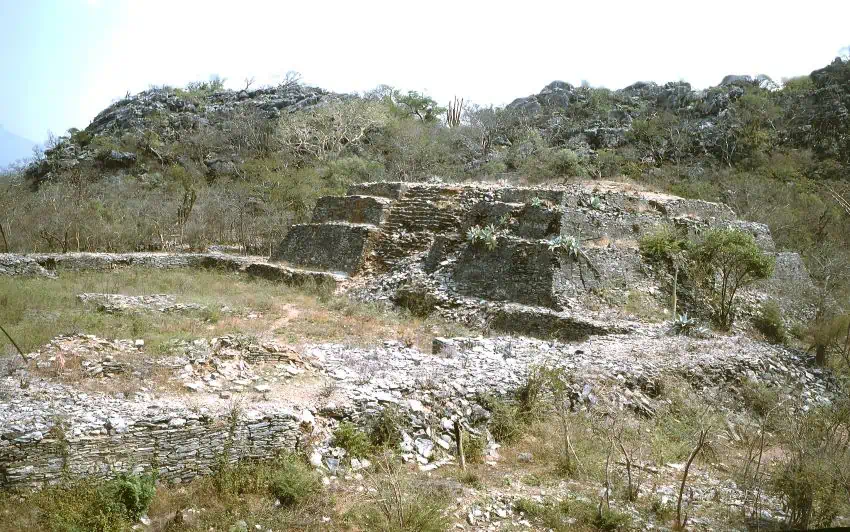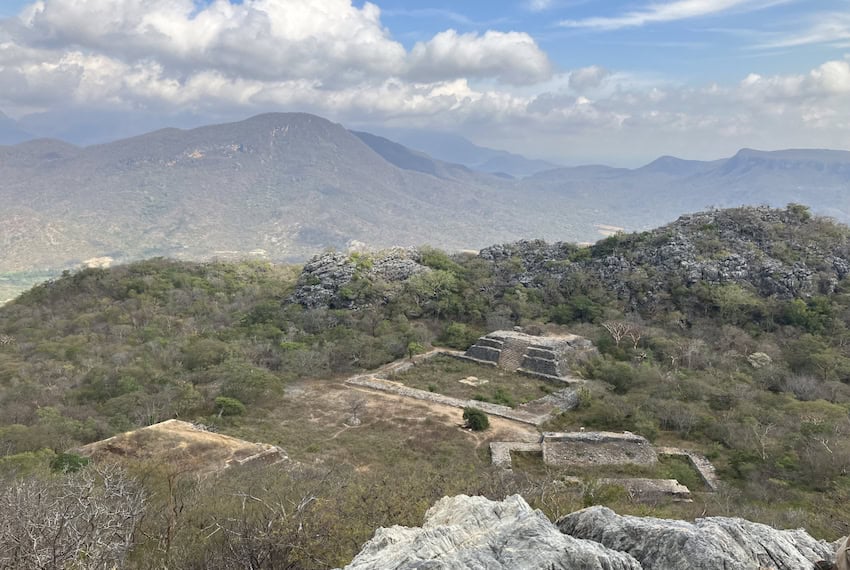LiDAR study sheds light on 'lost' Zapotec city in southern Oaxaca
MND Staff
January 31, 2025

Guiengola, Oaxaca
The study’s findings contribute to a broader understanding of Zapotec governance and urban planning, as well as their interactions with the Spanish during the early colonial period. (Wikimedia Commons)
A recently published study has unveiled the true nature of Guiengola, a sprawling Zapotec enclave in the southern part of Oaxaca state that was abandoned shortly before the Spanish conquest in 1521.
For years, the area in the jungle was believed to have been simply a fortress for housing soldiers. In fact, it was a thriving, expanding and fortified city whose residents relocated to nearby Tehuantepec, where their descendants still live.

Guiengola, Oaxaca
Guiengola spanned 360 hectares and contained more than 1,100 buildings, including temples and ball courts. It also had a network of roads and was fortified with 4 kilometers of walls. (McGill University)
These findings — brought to light this week in Discover, Newsweek and other publications — come from Pedro Guillermo Ramón Celis, a postdoctoral researcher at McGill University in Montreal whose mother’s family is from Tehuantepec, a municipality of 67,000 about 20 kilometers from the archeological site.
“I remember them talking about [Guiengola] when I was a child,” Ramón Celis told Newsweek. “It was one of the reasons that I chose to go into archaeology.”
More:
https://mexiconewsdaily.com/culture/lidar-study-sheds-light-on-lost-city-in-oaxaca/?utm_source=newsletter_free